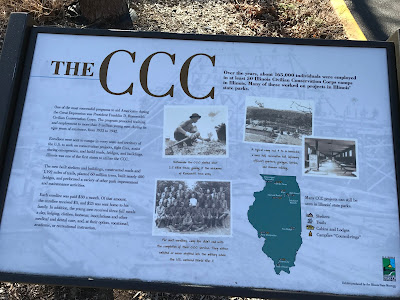When I was growing up, my parents would host dinner on Christmas Eve. This included my immediate family (myself, mom, dad, sister, brother, his wife and their 3 children) as well as my dad's sister and my mother's father. Mom would always make standing rib roast - she had ordered it from the grocer weeks before to be sure it was the right size and cut. There was also a jello salad that she always made - called crown jewel salad - white fluffy base with squares of different colored jello (this was, after all, the sixties).
 |
| Dad carving the roast - 1974 |
After dinner, everyone would pitch in to clear the table and do the dishes. Then we would gather around the Christmas tree for our gift exchange. After my brothers family went home, we would go to bed early because Santa was coming!
 |
| my sister, me, my nephew and my niece - 1967 |
 |
| My brother and his family 1968 |
In the morning, we would get up and come downstairs to see what Santa had brought - in our stockings and under the tree.
 |
| My sister and I on Christmas morning 1968 |
Then we would go to my dad's brother's house for Christmas day dinner. Uncle Dick and Aunt Mary would open their house to whoever was around - the gathering often included other aunts, uncles and cousins, as well as some neighbors. They always had a little gift for everyone - I remember lots of little wind up toys. Dinner there consisted of lamb (I have never tasted lamb that delicious since), and a noodle dish that we called "Greek Macaroni", because of Aunt Mary's Greek heritage.
 |
| Uncle Dick and Aunt Mary 1985 |
 |
| My father-in-law distributing the presents 1983 |
I still carry on some of these traditions with my girls. Today (Christmas Eve), I will make standing rib roast and Greek macaroni. After church, we will have our gift exchange - with "Geronimo!". The girls will wake me up early tomorrow morning and we will see what Santa brought. Then I will make duck on the rotisserie and we will enjoy our Christmas day meal. There are some variations, including Tofurky for my vegetarian daughter, but we try to keep the old meals alive.
Merry Christmas!








































